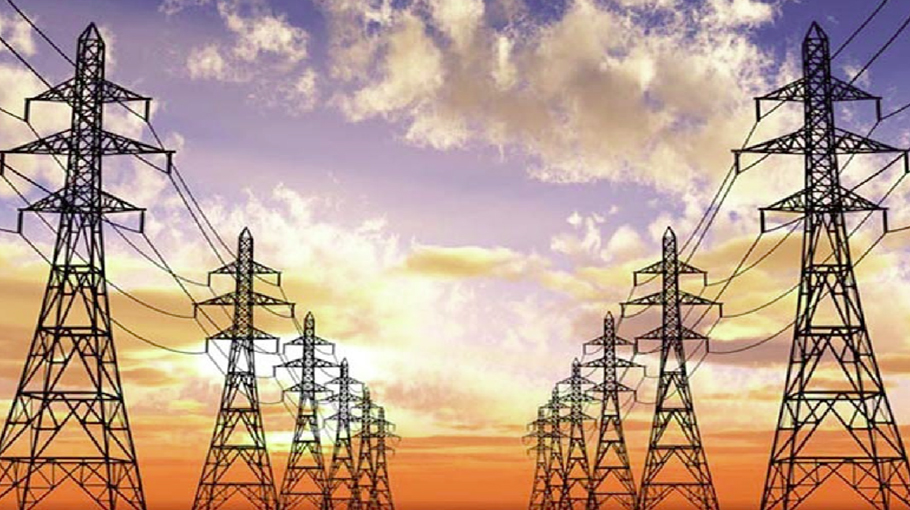9,700 MW more electricity by 2023

The government expects around 9,700 more megawatts of electricity to be added to the national grid by 2023.
To this end, 18 power plants are being constructed at different stages.
If it is met, the country’s total grid connected electricity generation capacity will be 31,180 MW, while maximum demand of electricity will be approximately 17,100MW at the time, a Power Development Board (PDB) official said.
According to the BPDB, 35 power plants having capacity 13,387MW of electricity are currently being constructed, and it has set a target to complete the projects by 2026. Besides, work is underway to import 1496MW of electricity from India. On the other hand, the construction work of the country’s first nuclear power plant is going on in full swing.
Of these, 18 with generating capacity of 9696 MW will start operation by next year. However, the government has set a target to generate 40,000 megawatts electricity by 2030, and 60,000 megawatts by 2041.
BPDB sources said, some 80 to 99 percent work of seven power plants has already been done. These are-the Ashuganj 400 MW combined cycle power plant (96 percent), Mirershorai 150MW (99 percent), 156MW Ghorashal unit-3 (97 percent), 409MW Ghorashal unit-4 (95 percent), Chattogram 1224 MW (89 percent), Barishal 307MW (88 percent) and Rampal-1320 MW coal power plant (80 percent).
However, around 50 percent to 70 percent work has been completed on six more power plants, which are Hatiya 15MW (70 Percent), Meghnaghat 583MW (61 percent), Meghnaghat 718 MW (49 percent), Khulna 330 MW dual fuel (70 percent), Sayedpur 150MW (48 percent) and Rupsha 800MW (52 percent).
On the other hand, 3 percent to 10 percent work has been completed on two more power plants, which are Sherpur 150MW (10 percent) and Keraniganj 100MW peaking power plant (3 percent).
The government is also working to import 1496MW more electricity from Adani group of Jharkhand in India by March 2023. At present, its work progress is 87 percent.
On the other hand, the Rooppur Nuclear Power plant with two units, with a total capacity of 2,400 MW is under construction at Rooppur of Pabna. The construction work is going on fast. It is expected that the first unit with capacity of 1200MW will go into operation by 2023, and the second unit of the same capacity, by 2024.
Power Cell Director General (DG) Mohammad Hossain told Bangladesh Post, the government has taken up and is implementing a comprehensive action plan for the development of the power sector. As a result, the rise in economic growth, the growth in the industrial sector, and rapid progress in urbanization has been achieved. The demand for electricity is increasing.
According to the Power Division, when the Awami League-led government assumed office in 2009, the average power demand at the time was about 6,000MW while power generation capacity of the country was less than 5000MW. Eight to ten hours load-shedding in summer days was causing unbearable miseries.
Bangladesh has now attained the capacity to generate 21,484 megawatts of electricity, including renewable energy and imported power. Besides, there are captive power plants in different industries capable of generating another 2,800 MW of electricity. The access to electricity was 47 percent and now it is 100 percent.




